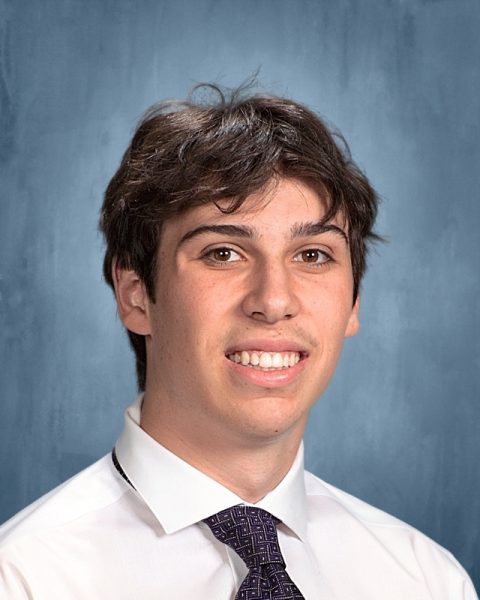Widely regarded as two of the greatest pieces of cinema in history, “The Godfather” and “The Godfather Part II” are currently featured in Los Angeles’ Academy Museum of Motion Pictures. The Academy’s latest exhibit, “The Art of Moviemaking: The Godfather,” offers a glimpse into the process of transforming Mario Puzo’s bestselling crime novel into two of the most critically acclaimed movies of the 20th-century thanks to Paramount Pictures and director, Francis Ford Coppola. Each exhibit highlights a unique element of filmmaking along with primary sources, allowing film critics and fans alike to appreciate the complex process of creating “The Godfather” and “The Godfather Part II.”
The exhibit begins with the section titled “From Book to Screen,” which showcases Mario Puzo’s 1969 novel and highlights how it was transformed into Coppola’s impression of the story. Coppola’s “The Godfather Notebook,” which had Coppola’s annotations of the book translated into a three-ring binder, was displayed as well. The notebook served as Coppola’s source of inspiration while directing and writing the first movie, giving critics and fans an authentic insight into his first impression of the story.
The costume design section focuses on designer Anna Hill Johnstone and her work for “The Godfather.” Her goal was to define the Corleone family and to mimic the looks of the ’40s and ’50s with her costumes. She achieved this by researching Italian Americans of the era to select patterns, textures and colors that provided clues to characters’ identities. For “The Godfather Part II,” Theadora Van Runkie’s designs with Western Costume Company had a major impact on ’70s fashion including the revival of the homburg hat, worn by Michael Corleone.
“The attention to detail in every outfit, especially Michael Corleone’s attire, made the film feel authentic. I could almost feel the history in every scene,” said Austin Jenkins ‘27.
One of the most popular sections of the exhibit, which explores casting and performance, focuses on the lineup of actors for “The Godfather” and its sequel. From Marlon Brando audiotapes to screen tests and makeup tests, this section gives film fans an exclusive opportunity to see how this iconic lineup of actors was selected.
Among the group are Marlon Brando and Robert De Niro as Don Vito Corleone and Al Pacino’s portrayal of Michael Corleone, which set Pacino’s future as an actor up for success. Both De Niro and Brando won the Academy Awards. Brando won Best Actor in 1975 and De Niro won Best Supporting Actor in 1975.
“Marlon Brando’s role as Vito Corleone was iconic. He set the standard for how mob bosses are portrayed in films,” Jack Newall ‘26 recalled.
Overall, the Academy’s exhibit leaves fans with a deeper appreciation of the effort needed to create two classic films. Every section of the Academy Museum’s exhibit offers a rare glimpse into the making of two worldwide classics.



































